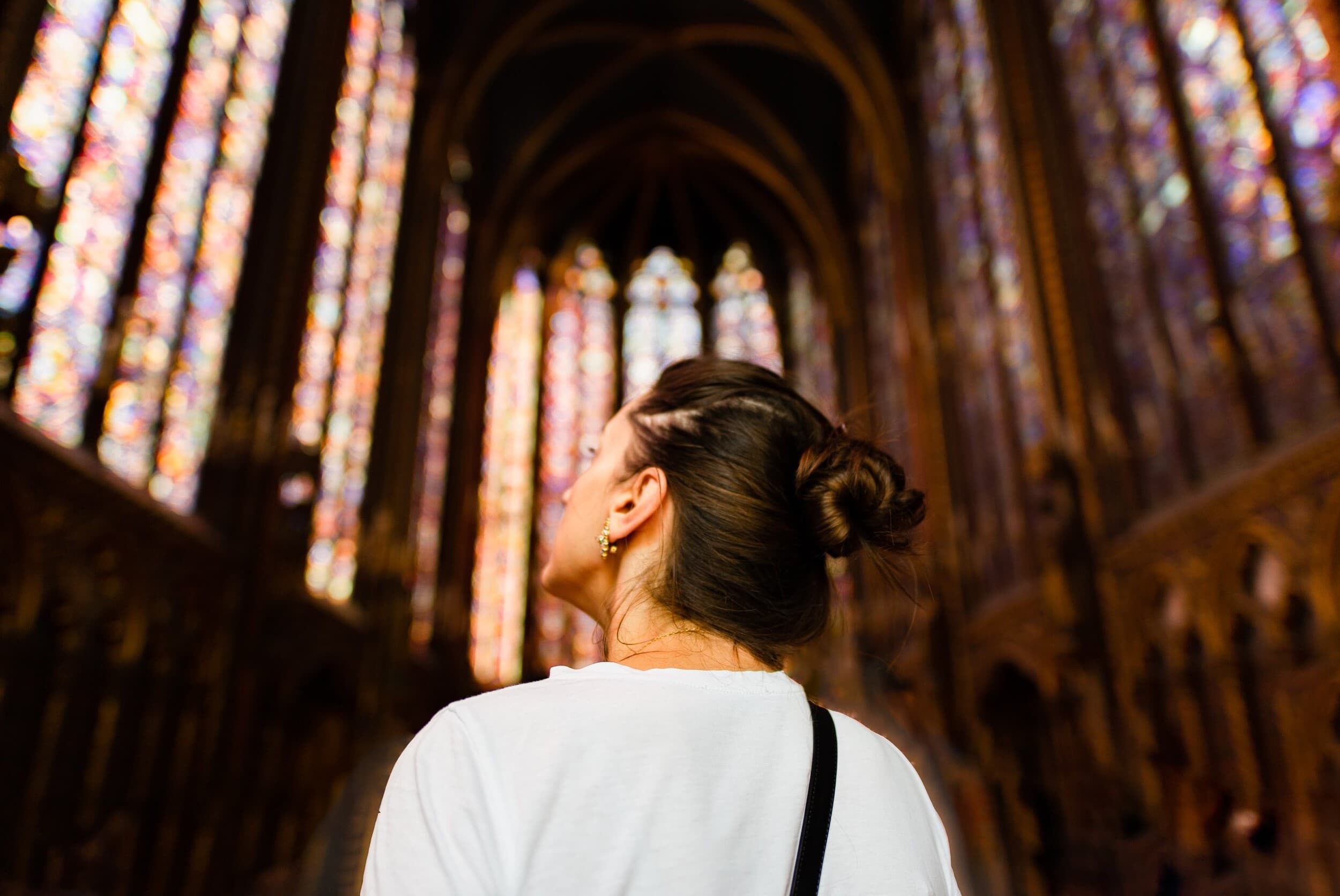
Liturgical colors play a significant role in Christian traditions, especially within the Catholic, Anglican, and Lutheran churches. These colors aren't just for decoration; they symbolize different seasons, events, and moods in the church calendar. Ever noticed how the colors change from purple to white or green throughout the year? Each hue has a deep meaning tied to the life of Jesus, the saints, and the teachings of the Bible. For instance, purple signifies penance and preparation, often seen during Advent and Lent. White represents joy and purity, used during Christmas and Easter. Green, the color of ordinary time, symbolizes growth and life. Understanding these colors can enrich your spiritual experience and deepen your connection to the church's traditions. Let's dive into 20 fascinating facts about these vibrant symbols.
What Are Liturgical Colors?
Liturgical colors are specific hues used in Christian worship to symbolize different seasons, events, and themes within the church calendar. These colors help convey the spiritual message of the season or celebration.
- White symbolizes purity, joy, and victory. It is used during Christmas, Easter, and other significant feasts.
- Red represents the Holy Spirit and martyrs. It is used on Pentecost, Palm Sunday, and feasts of martyrs.
- Green signifies growth and life. It is the color for Ordinary Time, the period outside of major liturgical seasons.
- Purple denotes penance and preparation. It is used during Advent and Lent.
- Rose is a color of joy amidst penance. It is used on the third Sunday of Advent and the fourth Sunday of Lent.
- Black symbolizes mourning and death. It is used on All Souls' Day and funerals.
Historical Background of Liturgical Colors
The use of liturgical colors has evolved over centuries. Early Christians did not have a standardized system, but gradually, specific colors became associated with certain seasons and feasts.
- Early Christians used white as the primary color for all celebrations.
- Medieval Church formalized the use of different colors for various liturgical seasons.
- Council of Trent in the 16th century standardized the colors used in the Roman Catholic Church.
- Eastern Orthodox Church has its own set of liturgical colors, which can differ from Western traditions.
Symbolism Behind Each Color
Each liturgical color carries deep symbolic meaning, reflecting the spiritual themes of the church calendar.
- White symbolizes the light of Christ and the joy of His resurrection.
- Red represents the fire of the Holy Spirit and the blood of martyrs.
- Green signifies hope and the eternal life that comes from Christ.
- Purple denotes repentance, humility, and the anticipation of Christ's coming.
- Rose is a symbol of subdued joy and hope in the midst of penance.
- Black represents mourning, death, and the solemnity of funerals.
Modern Use of Liturgical Colors
Today, liturgical colors are widely used in various Christian denominations, each with slight variations in their traditions.
- Roman Catholic Church follows a strict calendar for the use of liturgical colors.
- Anglican Church also uses liturgical colors, with some variations from the Roman Catholic tradition.
- Lutheran Church incorporates liturgical colors into their worship, emphasizing their symbolic meanings.
- Methodist Church uses liturgical colors to enhance the worship experience and convey the themes of the church year.
The Significance of Liturgical Colors
Liturgical colors hold deep meaning within various religious traditions. Each color, from white symbolizing purity and joy to purple representing penance and preparation, plays a crucial role in the observance of religious ceremonies and seasons. Understanding these colors enhances the spiritual experience, providing a visual representation of the themes and emotions associated with different times of the liturgical year.
By recognizing the significance of these colors, one can gain a deeper appreciation for the rich tapestry of religious traditions. Whether it's the green of Ordinary Time, symbolizing growth and life, or the red of Pentecost, representing the Holy Spirit's fire, each hue carries profound symbolism.
Next time you attend a service, take a moment to reflect on the colors around you. They’re not just decorative; they’re a vibrant part of the faith journey, connecting worshippers to centuries of tradition and meaning.
Was this page helpful?
Our commitment to delivering trustworthy and engaging content is at the heart of what we do. Each fact on our site is contributed by real users like you, bringing a wealth of diverse insights and information. To ensure the highest standards of accuracy and reliability, our dedicated editors meticulously review each submission. This process guarantees that the facts we share are not only fascinating but also credible. Trust in our commitment to quality and authenticity as you explore and learn with us.


